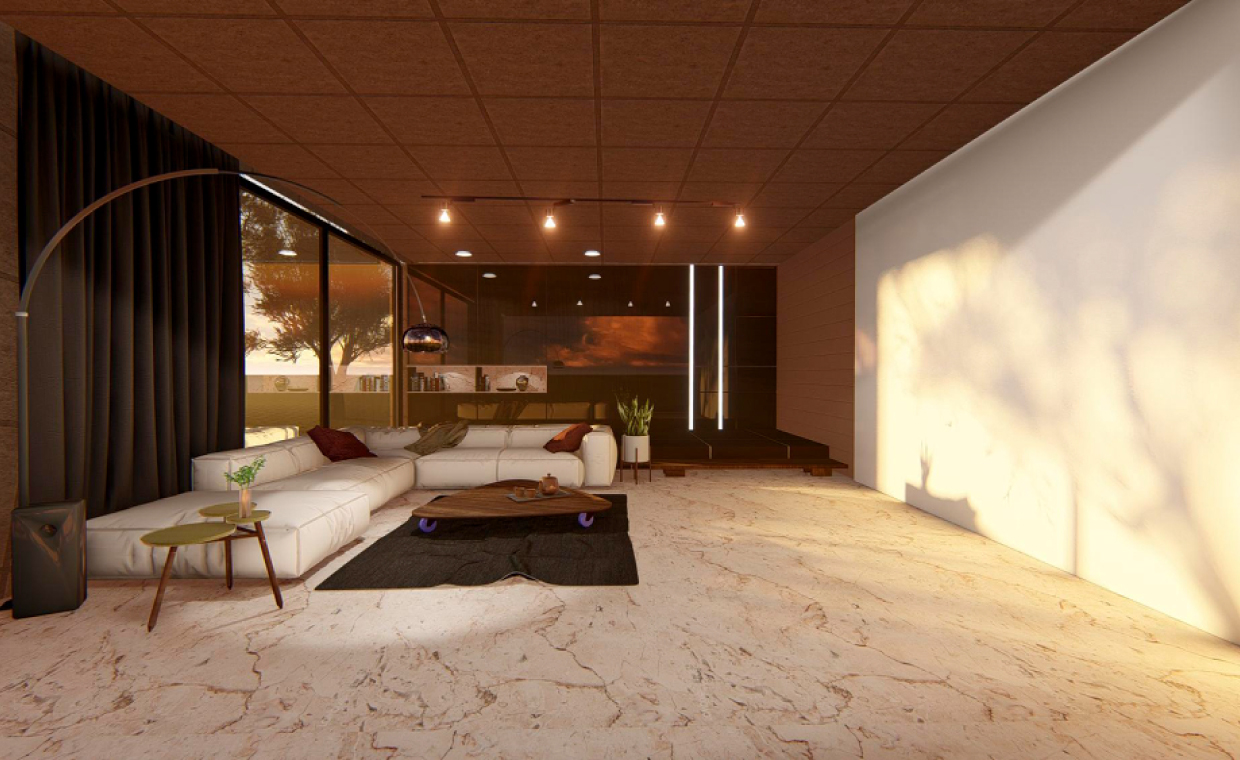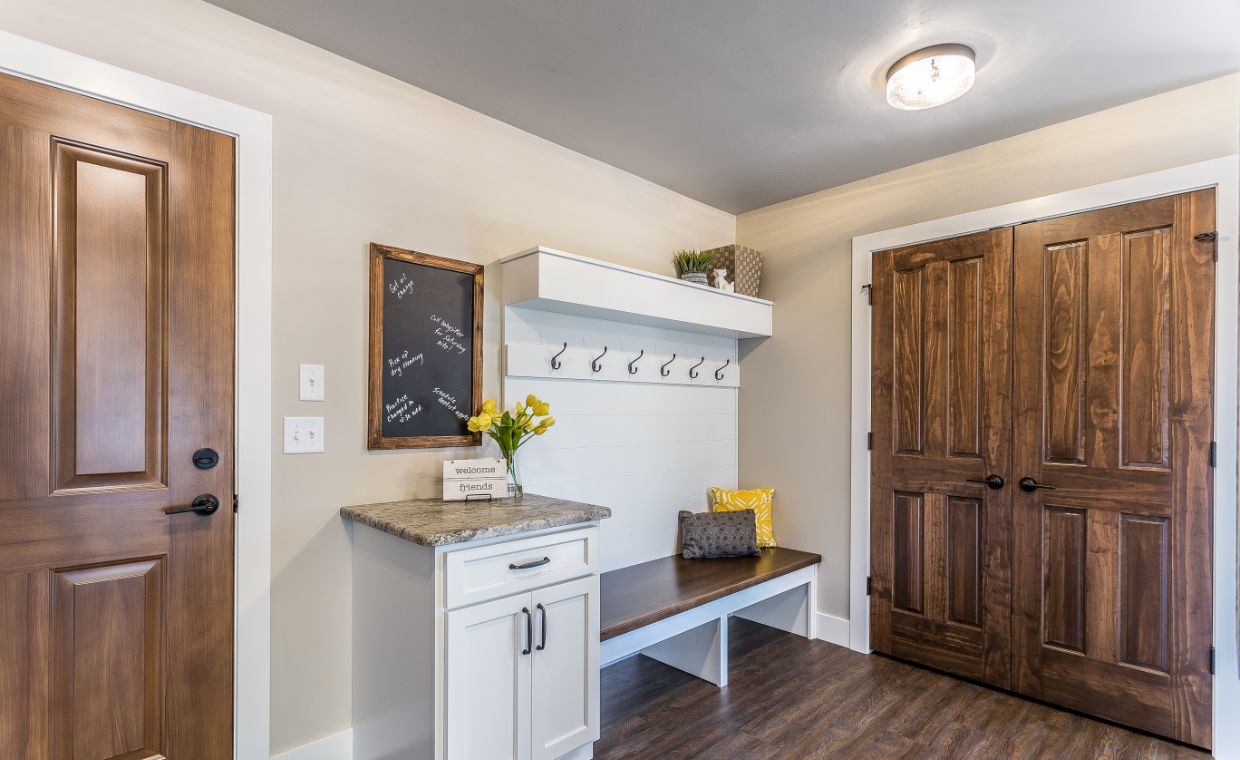
As the world faces pressing environmental challenges and seeks sustainable alternatives to traditional energy sources, the adoption of solar power has emerged as a pivotal solution. Solar energy not only offers a clean and renewable source of electricity but also presents an opportunity for individuals and businesses to take control of their energy consumption and reduce reliance on fossil fuels.
However, the decision to invest in solar panels entails careful consideration of various factors that influence the overall cost and return on investment.
Factors Affecting Costs of Solar Panel
This article will delve into the intricacies of solar panel costs, examining the diverse factors that shape this investment decision.
01. Solar Panel System Size

The size of the solar panel system directly influences both the initial investment and the amount of electricity generated. Larger systems generally entail higher upfront solar costs in Washington or other states. Still, they can lead to more significant long-term savings by meeting a larger portion of your energy needs. Determining the appropriate system size involves evaluating your energy consumption patterns and available roof or ground space.
02. Solar Panel Efficiency

The efficiency of solar panels dictates the amount of electricity they can generate in proportion to their size. While higher-efficiency panels typically command a higher initial cost, they can generate more electricity in the same amount of space, potentially maximizing the return on investment over time. Efficiency varies among panel types, with monocrystalline panels generally being the most efficient but also the most expensive.
03. Solar Panel Type

Solar panels come in different types, including monocrystalline, polycrystalline, and thin-film. Each type offers varying levels of efficiency, durability, and cost. Monocrystalline panels are known for their high efficiency and longevity but are typically more expensive than polycrystalline or thin-film alternatives.
04. Solar Panel Installation Costs

Different types of solar panels exist, such as monocrystalline, polycrystalline, and thin-film, each varying in efficiency, durability, and cost. Monocrystalline panels, renowned for their high efficiency and longevity, typically incur higher costs compared to polycrystalline or thin-film alternatives.
05. Inverter Type

Inverters play a critical role in converting the direct current (DC) electricity produced by solar panels into alternating current (AC) electricity that homes or businesses can utilize. The type of inverter chosen-whether string, micro-inverter, or power optimizer-affects system efficiency and overall cost.
06. Location of Solar Panel

Geographic location significantly influences the amount of sunlight received, thereby impacting solar panel efficiency and the return on investment. Factors such as latitude, climate, shading, and local regulations should be considered. Moreover, the availability of government incentives, tax credits, and rebates varies by location, affecting the overall cost of installing solar panels.
07. Financial Incentives

Financial incentives, such as tax credits and rebates provided by the government, offer significant opportunities to lower the initial expenses associated with installing solar panels. These incentives serve to offset a portion of the upfront costs, making solar energy more accessible and affordable for individuals and businesses. However, it’s important to note that the availability and specifics of these incentives can vary depending on the jurisdiction.
08. Financing Options for Solar Panel

Various financing options, such as outright purchase, leasing, or power purchase agreements (PPAs), are available for solar panel installations. Businesses, for example, often opt for a commercial solar financing company that can provide them with the best financing option and operations. Each option has different implications for upfront costs, ongoing payments, and long-term financial benefits, making it crucial to choose the option that aligns with your financial goals and circumstances.
09. Solar Panel Maintenance Costs

Maintaining solar panels typically entails minimal upkeep, thanks to their durable and low-maintenance design. However, occasional cleaning and repair tasks may be necessary to ensure optimal performance and longevity.
Cleaning involves removing dust, debris, and other contaminants that accumulate on the panels over time, which can obstruct sunlight absorption and reduce efficiency. Additionally, periodic inspections may be needed to identify any potential issues, such as damaged panels or faulty connections, requiring repairs to maintain peak performance.
10. Solar Panel Energy Storage

Integrating battery storage allows you to store excess energy generated during the day for later use, enhancing energy independence and resilience, particularly during power outages. While adding a battery storage system increases upfront costs, it can provide long-term benefits by maximizing self-consumption and reducing reliance on the grid.
11. Long-Term Savings
Despite the initial investment, solar panels offer the potential for significant long-term savings on electricity bills. As utility rates continue to rise, the financial benefits of solar energy become increasingly apparent, making it a wise investment for both individuals and businesses seeking to mitigate energy costs over time.
13. Interconnection And Grid Compatibility in Solar Panel

Interconnection and grid compatibility are critical considerations when installing a solar panel system, as they directly impact how the system interacts with the existing electrical grid infrastructure. The process of interconnecting a solar panel system to the grid involves establishing a connection that allows the system to export excess electricity to the grid and receive power from the grid when needed.
Furthermore, grid compatibility requirements and regulations can influence the design and installation of the solar panel system. Utility companies may have specific standards and protocols that must be met to ensure the safe and efficient operation of the grid.
13. Aesthetic Considerations
Aesthetic considerations play a significant role for many homeowners and businesses when deciding to install solar panels. While the environmental and financial benefits of solar energy are appealing, some individuals prioritize maintaining the visual appeal of their properties. As such, they may be concerned about how solar panels will integrate with the existing architectural design and landscaping.
Fortunately, advancements in solar technology have led to a variety of panel types, mounting options, and system designs that offer aesthetic advantages. For example, sleek and low-profile panel designs, such as black frame or frameless panels, can provide a more seamless integration with rooftops and facades, minimizing the visual impact of the solar installation.
14. Insurance Premiums
Installing solar panels may impact your home or business insurance premiums. While solar panels can increase property value, they may also be considered an added risk by insurers, leading to higher premiums. It’s important to discuss these implications with your insurance provider.
15. Future Expansion or Upgrades of Solar Panel
If you anticipate increasing your energy needs in the future or want to take advantage of emerging solar technologies, considering the scalability and upgradeability of your solar panel system is essential. Planning for future expansion or upgrades may affect the initial system design and cost.
Conclusion
As the world increasingly embraces renewable energy solutions, investing in solar panels not only offers financial benefits but also contributes to a sustainable and resilient energy future. Therefore, understanding the diverse factors influencing solar panel costs is essential for maximizing the environmental, economic, and energy security benefits of solar energy adoption.
You may also like to read the following article:






























